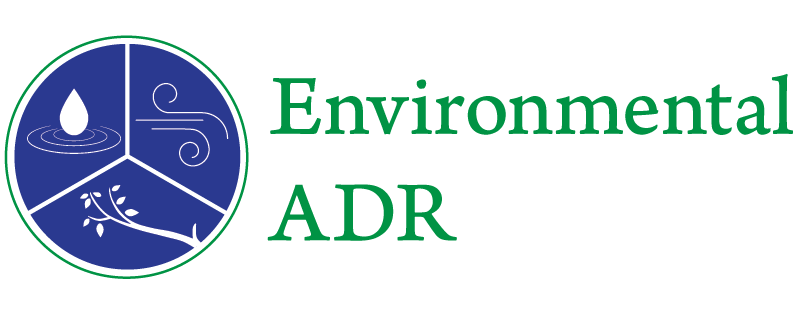 This study describes how repeated and intensive mediated conversations can repair years of misunderstanding and create a trustful open relationship moving forward.
This study describes how repeated and intensive mediated conversations can repair years of misunderstanding and create a trustful open relationship moving forward.
I was retained to mediate between a major university, the town and county in which it was located and interested citizens over a disputed long range development plan for the university. The issues touched on housing capacity, increased traffic and water usage – serious quality of life issues — over the next 20 years. A big deal to all concerned.
The parties didn’t agree to mediate. A court strongly suggested it, so they complied. When I first met with each party individually, each one said in no uncertain terms that the case could never settle. There was universal pessimism. In fact, the mediation followed an unsuccessful negotiation where one side actually just walked out of the door.
The first step was to try to separate the present from the past. To attempt to dispel misconceptions and start to build trust by examining the history of dealings, the impediments to settlement, the views and misconceptions about other parties, the conditions for successful negotiation, and a settlement structure and content. We began to map out zone of potential agreement.
In so doing each interest committed to the following course of action in the mediation:
- “To use their professional, political and personal capital to support and advocate for a resolution they feel is best for the community and the university (and better than the alternative of no agreement and further litigation)?’
- “To dedicate the time and effort needed for intensive negotiations?” and
- “To work towards a durable, cooperative partnership — in the form of a binding commitment — to resolve the current set of problems (and agree on a process to resolve future disputes)?”
In subsequent mediation sessions an agreement began to take shape. Separate meetings with appropriate personnel were held on the main issues of water, housing and traffic. Written offers and counteroffers were exchanged before each meeting. And everyone had an equal seat at the table. So all persons, whether university chancellor, elected official or a resident of the town had equal status and was treated with dignity and respect.
More than five years later, the agreement is still in effect.


